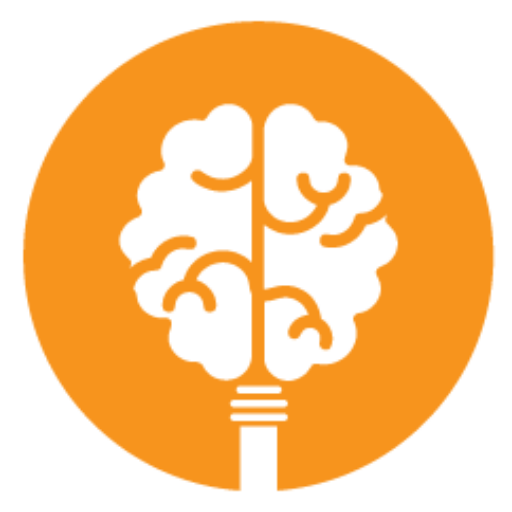- 20 Marks
Question
Culture is dynamic. Any organization that wants to remain in business needs to adopt a solid culture.
State and explain the four (4) functions of Organizational Culture and state how each can be used to show your organization’s identity, commitment, stability and your way of life. Give one example in each case.
(25 Marks)
Answer
Organizational culture plays a pivotal role in shaping the behavior, values, and operations within a company, particularly in the Ghanaian banking sector where adherence to regulatory frameworks like the Bank of Ghana’s Corporate Governance Directive 2018 emphasizes ethical practices and stability. Drawing from over 20 years in senior roles at banks such as Ecobank Ghana, I have seen how a strong culture fosters resilience amid events like the 2017-2019 banking cleanup, which highlighted the need for cultural alignment to prevent governance failures seen in collapsed institutions like UT Bank.
The four primary functions of organizational culture, as derived from management theories adapted to practical banking contexts, are boundary-defining, conveying a sense of identity, facilitating commitment, and promoting social system stability. Below, I explain each function, illustrate how it manifests an organization’s identity, commitment, stability, and way of life, and provide a Ghana-specific banking example.
- Boundary-Defining Function (6 Marks):
This function delineates what is acceptable behavior within the organization, distinguishing it from external entities and internal subgroups. It establishes norms, values, and expectations that guide employee actions, creating clear “boundaries” for decision-making and interactions.- Demonstrating Identity: It showcases the organization’s unique ethos, such as a focus on ethical compliance.
- Commitment: Reinforces employee dedication by aligning personal actions with organizational boundaries.
- Stability: Ensures consistent practices that prevent chaos, maintaining operational reliability.
- Way of Life: Becomes ingrained as daily routines, like mandatory compliance training.
Example: At GCB Bank, the boundary-defining culture prohibits unauthorized lending practices, as per BoG’s Risk Management Directive, preventing issues like those in the Capital Bank collapse due to insider loans. This upholds the bank’s identity as a prudent institution committed to regulatory stability.
- Conveying a Sense of Identity (6 Marks):
Culture provides employees with a shared sense of belonging and purpose, defining “who we are” as an organization through rituals, symbols, and stories. This fosters pride and unity.- Demonstrating Identity: Directly embodies core values, like innovation in digital banking.
- Commitment: Builds loyalty as employees internalize the identity.
- Stability: Reinforces consistent self-perception amid changes.
- Way of Life: Influences everyday interactions, such as team-building events.
Example: Stanbic Bank Ghana’s culture emphasizes customer-centric innovation, aligned with BoG’s sustainable banking principles post-DDEP (2022-2024). This identity as a forward-thinking bank drives commitment during economic recoveries, stabilizing operations through employee buy-in.
- Facilitating Commitment (6 Marks):
This function encourages alignment with organizational goals, motivating employees to prioritize collective success over individual interests through shared values and rewards.- Demonstrating Identity: Highlights dedication to excellence, visible in performance metrics.
- Commitment: Directly enhances engagement and retention.
- Stability: Reduces turnover, ensuring long-term consistency.
- Way of Life: Promotes habits like collaborative problem-solving.
Example: Ecobank Ghana’s culture of merit-based promotions, compliant with Basel III-adapted HR practices, fosters commitment by rewarding anti-fraud vigilance, stabilizing the bank post-2019 cleanup and reflecting a way of life centered on ethical growth.
- Promoting Social System Stability (7 Marks):
Culture acts as a “social glue,” providing mechanisms for conflict resolution, coordination, and adaptation, ensuring the organization functions as a cohesive unit even under stress.- Demonstrating Identity: Reflects resilience, such as in crisis management protocols.
- Commitment: Strengthens bonds through trust-building norms.
- Stability: Maintains equilibrium during external shocks.
- Way of Life: Embeds routines like regular feedback sessions.
Example: During the DDEP recovery phase, Access Bank Ghana’s culture of transparent communication stabilized operations by aligning staff with recapitalization efforts under BoG Notice No. BG/GOV/SEC/2023/05, demonstrating commitment to a stable, ethical banking way of life.
- Tags: Commitment, Functions of Culture, Identity, Organizational Culture, Stability, Way of Life
- Level: Level 1
- Topic: THE ORGANISATION AND DESIGN
- Series: APR 2024
- Uploader: Samuel Duah

